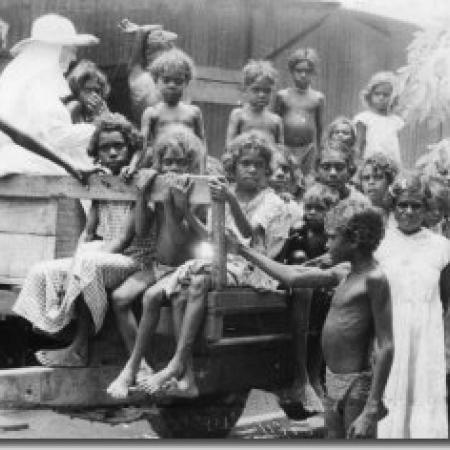 |
The past week, we saw a movie called “Whale
Rider” this particular movie, shows the story of Pai, the descendent of Paikea,
the whale rider. The Maori traditions say that only a male can inherit the
leadership, and the current leader, Koro, who’s also paikea’s grandfather,
tells her, that she cannot lead because she’s a female. The story shows a big part of how the Maori culture is.
The Maori culture nowadays is an important
part of New Zealand’s culture. This one has been shaped by the tradition of its
rich cultural heritage. It’s said that the Maori people arrived to New Zealand
in the thirteen century AD.
14.6% of the total New Zealand population
is Maori descendent. And it has a big influence in the country. Even when the
main cities do not have aboriginal names, there’s a important part that use the
native names.
Something really interesting is that the
Maori culture has not being lost, due the whole cultural change that lot of
other countries have had with the aborigine people inside their boundaries. For
example, the Maori language, is one of the three official languages in New
Zealand (www.maori.com/language) and some schools teach the language to their students.
There aren’t many countries where you can
say that the aboriginal people live peacefully with the rest of the country.
New Zealand is an exception, because the cultural diversity has been accepted. Maori
people in the country have their own traditions and rituals, but that doesn’t
seem to be a problem with the rest of the country.
Do you
think that the Maori culture has being accepted in New Zealand in a good way? What
happens when we compare this to Chile? Are the different aboriginal cultures accepted?
http://www.newzealand.com/int/maori-culture/
http://whales.fieldmuseum.org/behind/people/maori-whale-riders
http://kidworldcitizen.org/2012/06/21/maori-culture-shines-in-the-film-whale-rider/
http://www.maori.com/


















